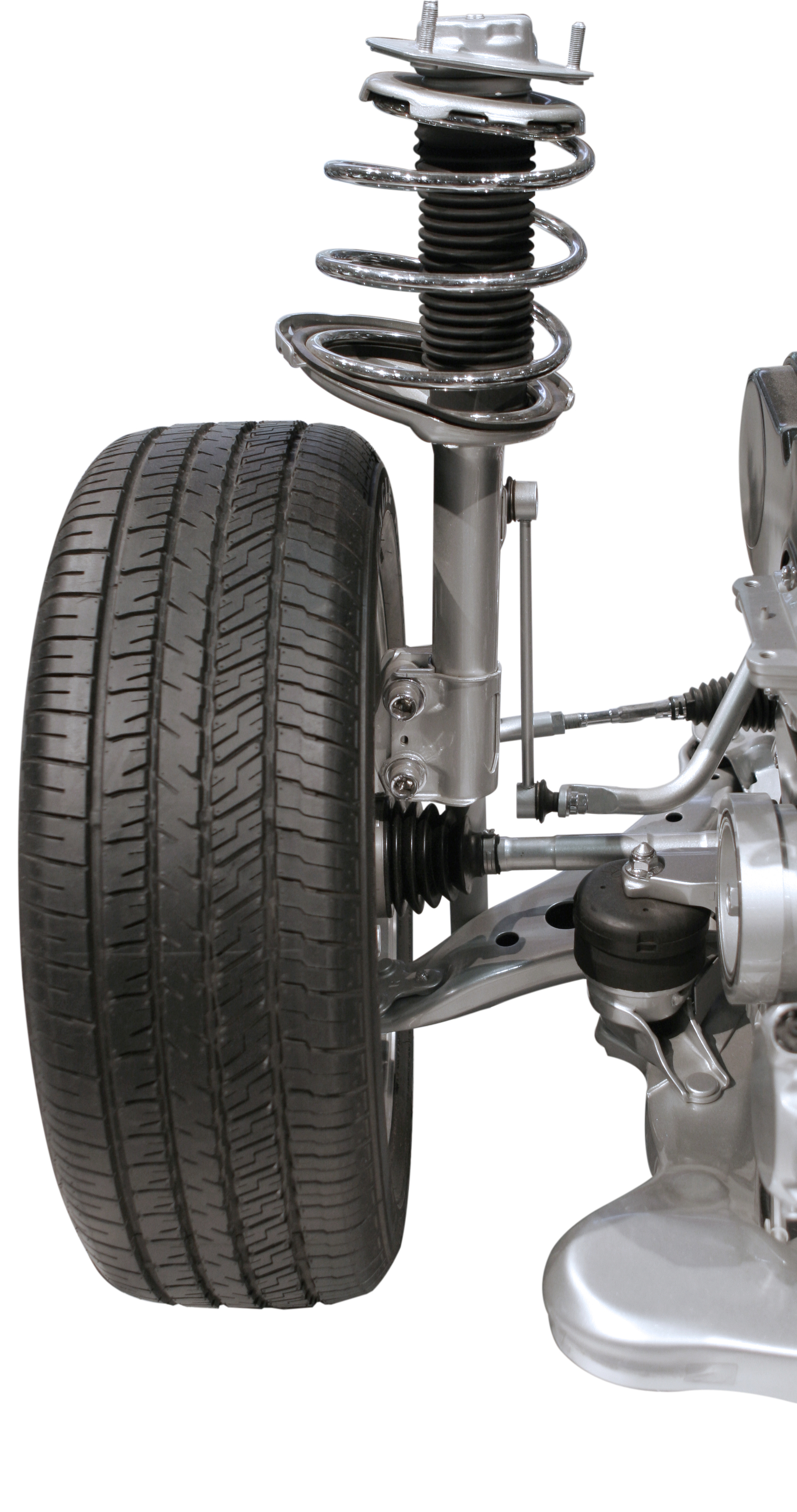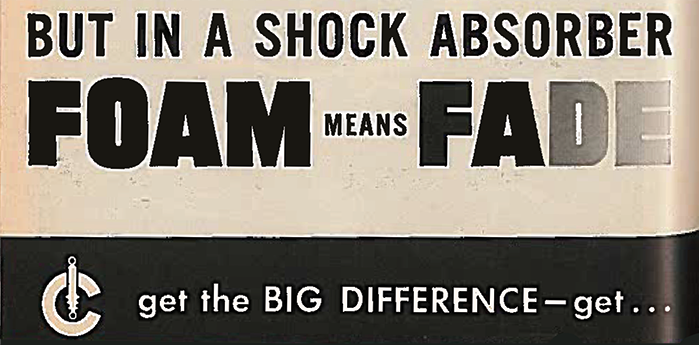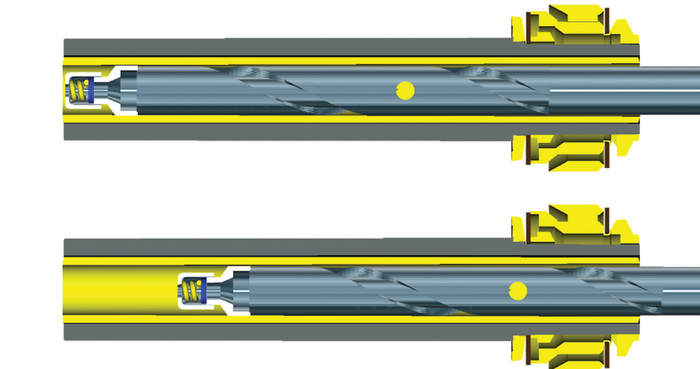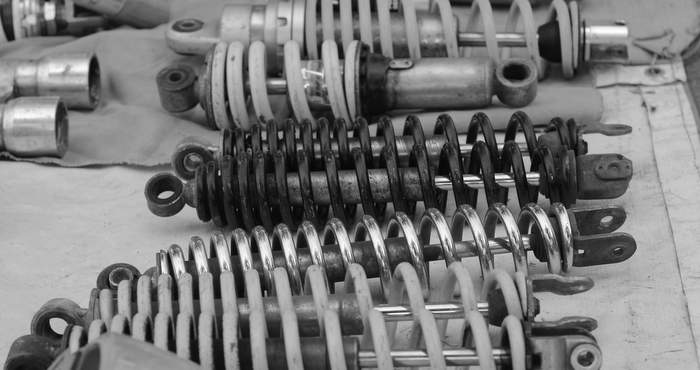Arnott Introduces New Front Shocks For 2007-’14 GM SUVs
The featured new front shock for GM SUVs is a quality, cost-effective suspension solution for GM SUV owners concerned about failing OE GM suspension parts leaving them stranded with expensive and recurring maintenance problems, according to Arnott.
How To Prime Twin Tube Shocks And Struts
Light-vehicle twin tube shocks and struts are misdiagnosed as faulty when removed from the box for installation. This is a normal occurrence and the shock will function properly once it has been primed.

Brakelights: Foam Means Fade (June 1961)
Shocks fading on vehicles was a big safety concern before gas charged shocks in the 1970s. On bumpy roads, old shocks would heat up the fluid, causing bubbles to form in the fluid. This would cause the piston to cavitate and the shock to fade. Often, the car would lose control. Sometimes, if the fade was bad enough, the shock would puke fluid out of the top seal. Gas charging of shocks changed this because the fluid was now under pressure, much like an unopened beer can.

A Look at Nivomat Shock Absorbers
The Nivomat Shock Absorber is a self-leveling monotube shock absorber developed by Sachs. Nivomat is a contraction of two French words, niveau and automatique. When translated to English, it would be level automatic or automatic level. The system makes use of the mechanical energy which is generated during the first meters of driving from the

Shocks, Struts and Springs: The Lighting Connection
The health of the suspension has a direct effect on the headlights, even on vehicles without self-leveling headlights. If the ride height is down in the front, the headlights’ beam pattern will not project far enough. If the rear height is down, the headlight pattern could be pointing at the sky and in the eyes

Why Your Customers Believe They Don’t Need New Shocks, Struts
The old proverb of “walk a mile in their shoes” applies to selling shocks and struts. Your typical customer is not like you — their point of view is completely different. You have to understand what they know and what they value. You also need the patience to educate them on the importance of these

